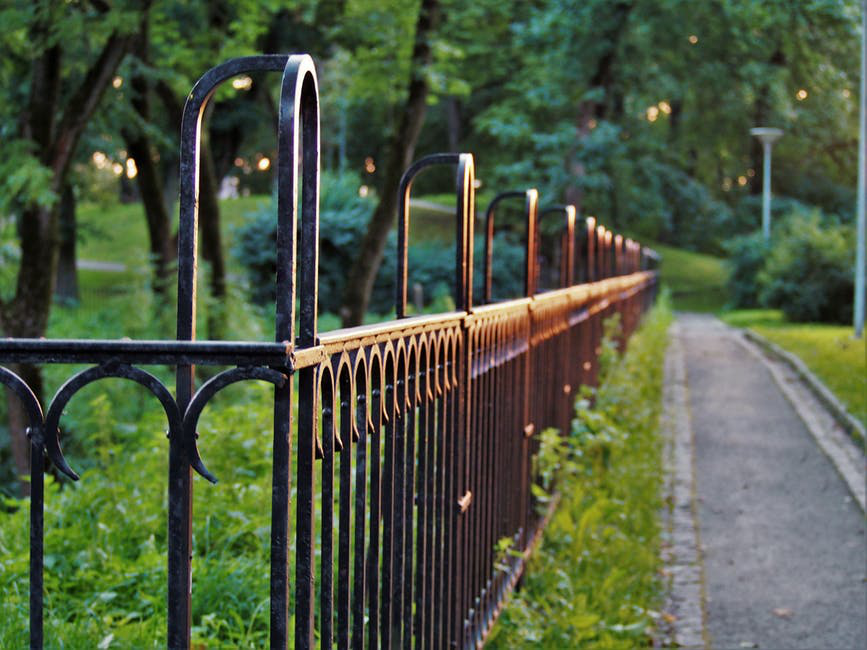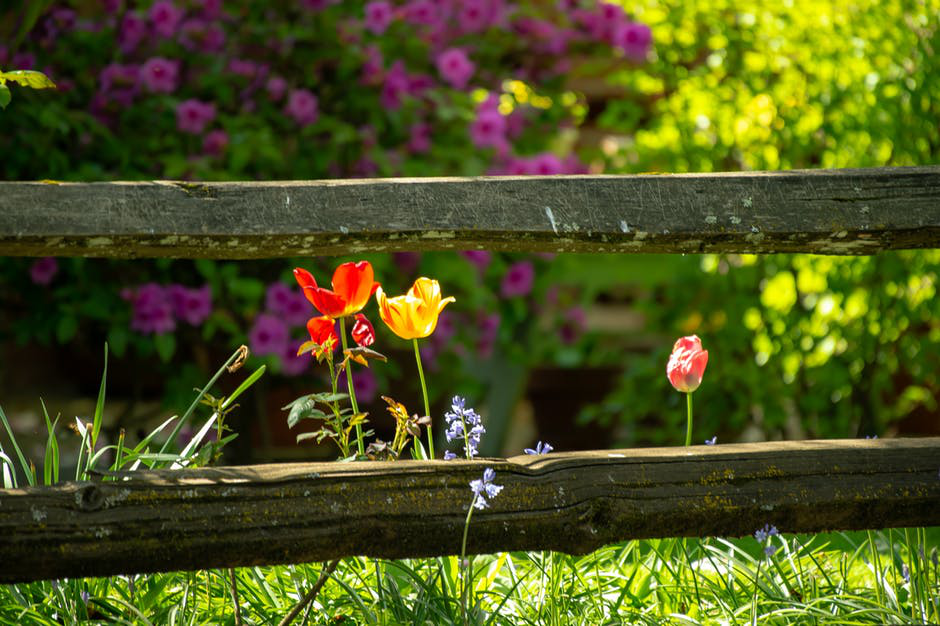1300 Ridenour Blvd. # 100, Kennesaw, Georgia 30152
The Difference between Pressure Treated Pine Fences vs. Cedar Fences

When choosing a wood fence most of us are faced with cedar and pressure treated pine. It’s easy to swing in favor of pressure treated pine because it’s cheaper and it’s more commonly available. However, is it the right choice?
Pressure Treated Pine Fences
Pressure treated pine is one of the most popular choices in residential outdoor structures, which includes fences, porches and decks. PTP is prone to shrinking, warping and cracking, which is made worse by the sun. In order to prevent decay, weathering and termites’ pressure treated pine is chemically treated. However, pressure treated pine still needs to be maintained regularly and consistently. It should be stained and sealed in order to maintain its appearance as well as delay rotting.
One way to maintain your fence is to keep it wet when it is exposed to the sun, or the weather is particularly hot. The other techniques suggested to maintain PTP are staining, sealing, stripping and cleaning.
Cedar Wood Fences
The beauty of cedar is that it looks beautiful, smells incredible, and happens to be resistant to decomposition. It’s non-toxic and insect resistance. It’s stable, and it doesn’t shrink, splinter, or warp, which makes it the perfect wood for building fences.
Cedar truly stands the test of time, and maintains its look for decades. Cedar fence posts, though, aren’t as durable against soil as PTP is. So your best bet when erecting a fence is to use PTP for the posts and then use cedar for the rest of the fencing. Another option is if you choose to use cedar posts you can set them in concrete in order to prevent rotting.
Cedar is rarer, which is why it’s more expensive than pine- however, because it is low maintenance and aesthetically pleasing it’s more of an investment. You aren’t going to need to spend that money again in order to replace the fence in 10 years, because it will still be standing strong.
Cedar is the greener option.
Conclusion
Speaking aesthetically, it’s an easy choice- cedar looks better. If you leave it unstained it tends to weatherize to a silvery color, while PTP doesn’t result in consistent coloring once weatherized. It has a slightly shabby appearance.
Cedar wood fences compliment any home, and can be created in a number of different styles to suit your needs. It also smells great, and while pine smells nice, too, once it’s been treated it loses its natural aroma, so how pine smells is completely irrelevant to your fencing needs.
If you’re looking to make a lengthy investment, consider the fact that cedar fences will stand, with no maintenance, for up to 25 years. Meanwhile, pressure treated pine last up to 15 years, provided you are regularly maintaining it.
So while cedar might be more expensive initially, in the long run it is the more economical option in every way.





